Selecting an appropriate Household Self-Priming Pump is essential for any efficient sprinkler irrigation setup. Two critical factors to consider when choosing a Sprinkler Irrigation Self-Priming Pump are flow rate and pressure, as these elements will directly affect your system's performance. This article offers an overview of the importance of these metrics and how they relate to sprinkler function.
1. Why Use a Self-Priming Pump for Sprinkler Irrigation?
A Household Self-Priming Pump is designed to simplify water distribution by automatically priming itself, even after air pockets or interruptions in water flow. This feature is particularly valuable in sprinkler systems, where reliability and consistent water flow are crucial. Unlike standard pumps, self-priming models don't require manual priming, which saves time and reduces the need for maintenance.
With a Sprinkler Irrigation Self-Priming Pump, you're ensuring that water distribution is smooth, quick, and dependable. These pumps are often equipped to handle variations in water sources, whether drawing from tanks, ponds, or main water lines, making them versatile for household and small-scale agricultural uses.
2. Key Performance Metrics: Flow Rate and Pressure
When choosing a Household Self-Priming Pump for sprinkler irrigation, flow rate and pressure are the two critical performance metrics to evaluate. These determine how well the pump meets the needs of your irrigation system and directly impact water distribution across the landscape.
Flow Rate
Flow rate, measured in gallons per minute (GPM) or liters per minute (LPM), indicates how much water the pump can move in a specific time frame. It's essential to select a Sprinkler Irrigation Self-Priming Pump with an adequate flow rate for your sprinkler heads. For example:
Small Lawn or Garden: For smaller areas, a flow rate of 10-15 GPM is typically sufficient to ensure that sprinklers receive enough water for even coverage.
Larger Lawns or Multiple Zones: If you have a large lawn or multiple irrigation zones, you may require a pump with a flow rate of 20-30 GPM or more to handle the increased demand.
Selecting the correct flow rate will help you avoid issues like uneven watering or inadequate pressure. If the pump's flow rate is too low, water distribution may be inconsistent.
Pressure
Pressure, measured in pounds per square inch (PSI), determines how forcefully the water is pushed through the system. In a Household Self-Priming Pump, maintaining adequate pressure ensures that water reaches all areas, especially for sprinkler systems with longer pipelines or varying terrain.
Basic Sprinkler Systems: For a simple residential sprinkler system, a pressure range of 30-40 PSI is often sufficient.
Larger or Elevated Areas: If your sprinkler setup involves long distances or elevated zones, you may need a pump that can deliver pressure in the 40-60 PSI range to ensure efficient water reach.
A combination of flow rate and pressure in a Sprinkler Irrigation Self-Priming Pump will prevent issues like weak water streams, which can impact the effectiveness of your irrigation.
3. Finding the Right Balance Between Flow Rate and Pressure
For sprinkler irrigation systems, balancing flow rate and pressure is key. Both should align with your specific landscape needs and the requirements of your sprinkler heads. Here's how to determine what combination will work best:
Identify System Requirements: Check the specifications for your sprinkler heads, including the required flow rate and pressure. Different sprinklers have varied needs; for example, rotary sprinklers may require higher pressure than fixed spray heads.
Consider Water Source: The available water source can impact pump performance. For example, pumps pulling from a tank may require higher power compared to those connected to a mainline. Selecting a Household Self-Priming Pump with suitable capacity will help maintain stable pressure and flow.
Account for Landscape Features: If your irrigation system involves uneven terrain or long distances, you may need to prioritize pressure over flow rate. Conversely, for flat, compact areas, focus on a pump with a sufficient flow rate.
4. Other Important Factors in Choosing a Self-Priming Pump
Aside from flow rate and pressure, there are a few other considerations that can help you select the Sprinkler Irrigation Self-Priming Pump for your needs:
Power Source: Self-priming pumps are available in electric, gas, and solar models. Electric pumps are common for household use, as they are quieter and more convenient, whereas gas-powered pumps may suit larger or more remote applications.
Material and Durability: Look for pumps made of corrosion-resistant materials, especially if your water source is prone to sediment or if you're using the pump outdoors.
Automatic Shut-Off Feature: Some pumps come with an automatic shut-off feature, which can help conserve energy and prevent pump damage if the water source runs dry.
These additional features enhance the pump's performance and longevity, making it more reliable for long-term irrigation needs.
5. Practical Tips for Installation and Maintenance
Proper installation and maintenance are essential for any Household Self-Priming Pump to function optimally. Here are some tips to keep your pump in top condition:
Install a Filter: Consider adding a filter to prevent debris from entering the pump, especially if you're using water from a tank or pond. This will help prevent clogs and reduce maintenance needs.
Regularly Check Flow and Pressure Levels: Periodically check the pump's flow rate and pressure to ensure they match your system's requirements. Over time, wear or debris can affect performance.
Winterize When Necessary: If you live in a region with cold winters, be sure to winterize your pump to avoid freezing damage.
Following these tips will extend the life of your Sprinkler Irrigation Self-Priming Pump and ensure consistent performance for years to come.

 English
English русский
русский Español
Español
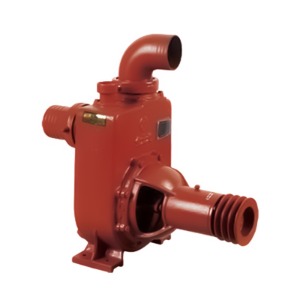
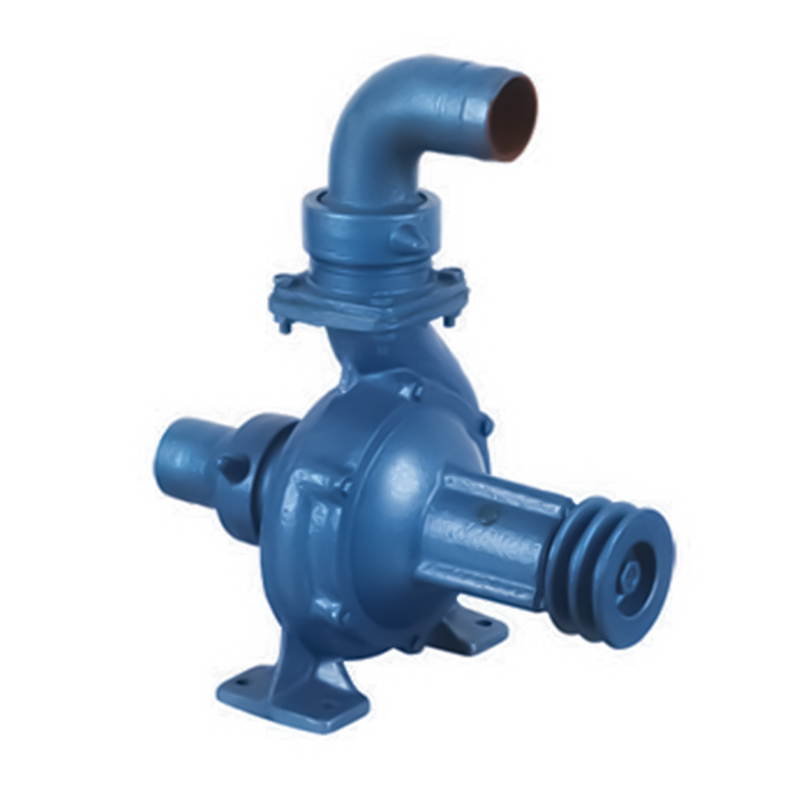
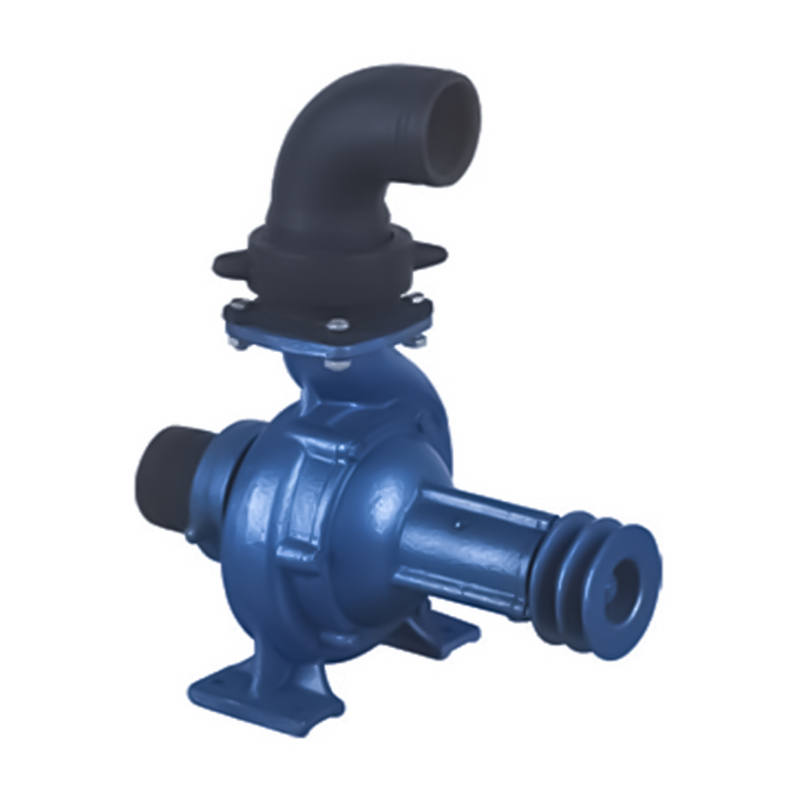

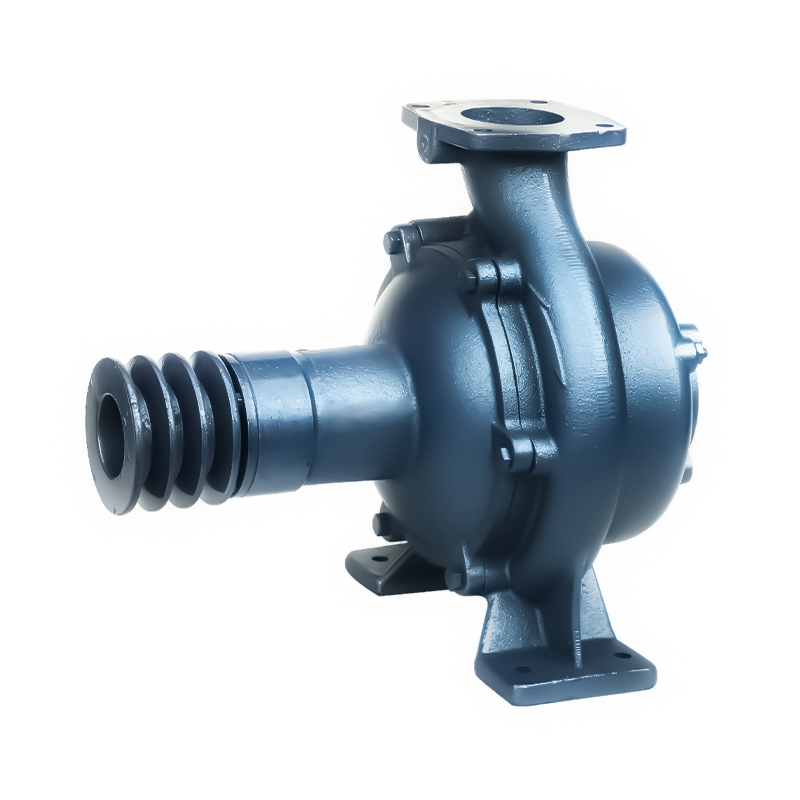
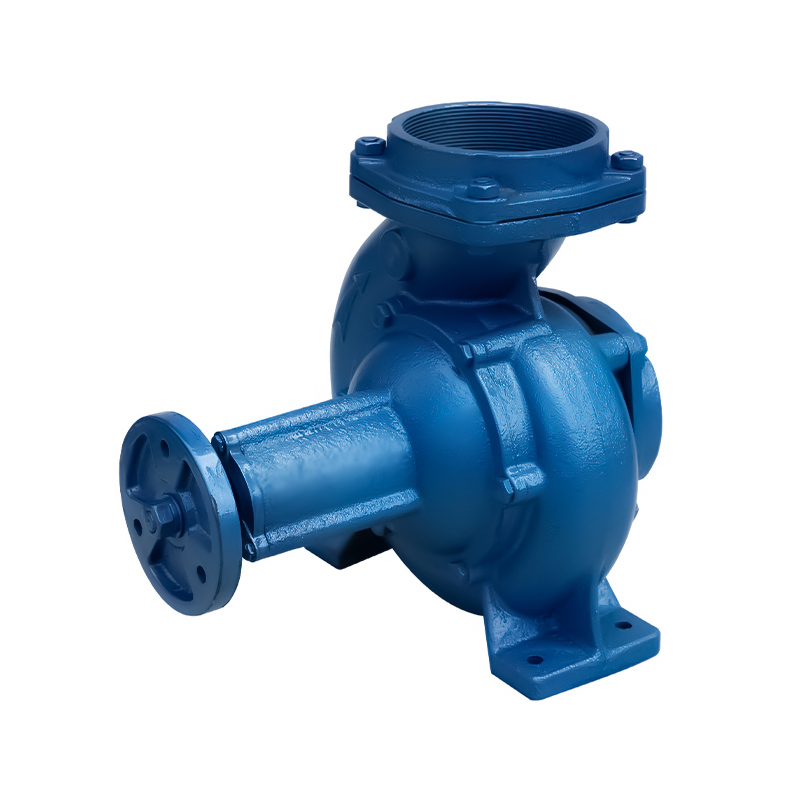
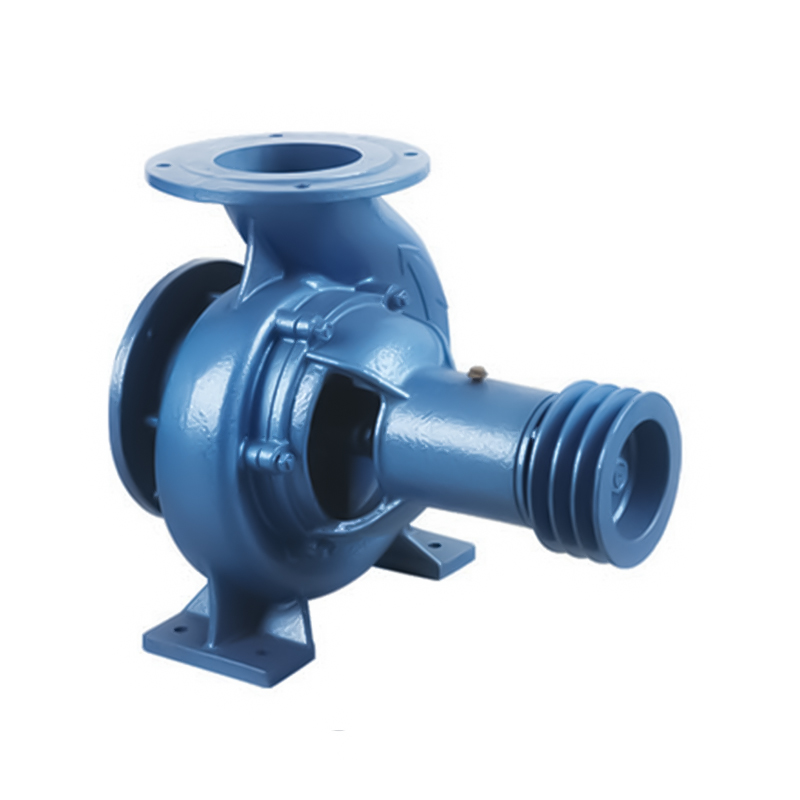
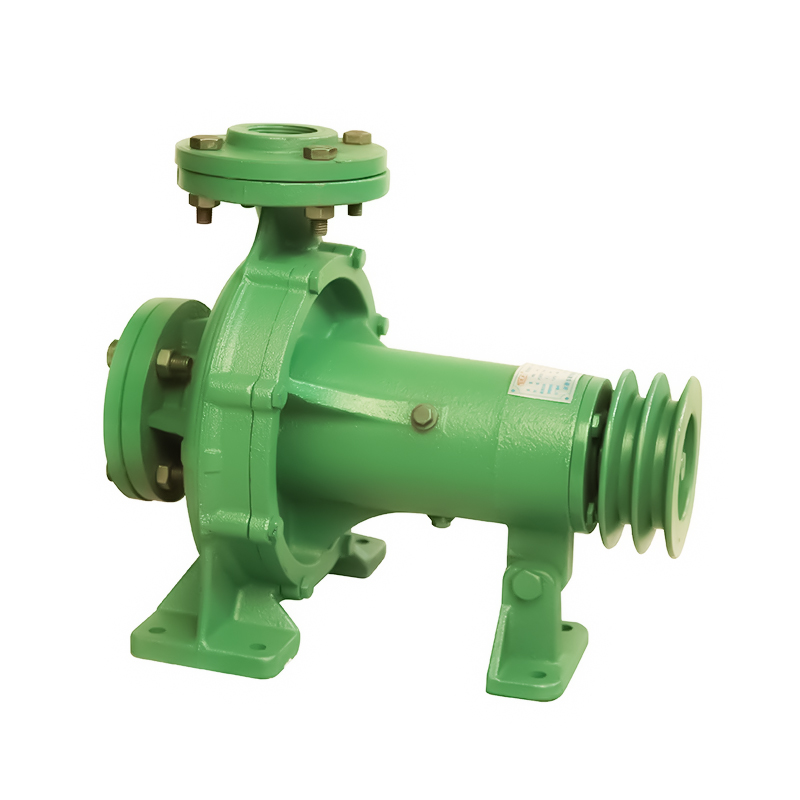

 Email:
Email:
 Phone:+86-13605899207
Phone:+86-13605899207

